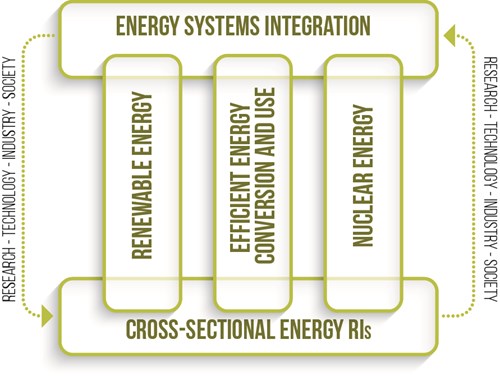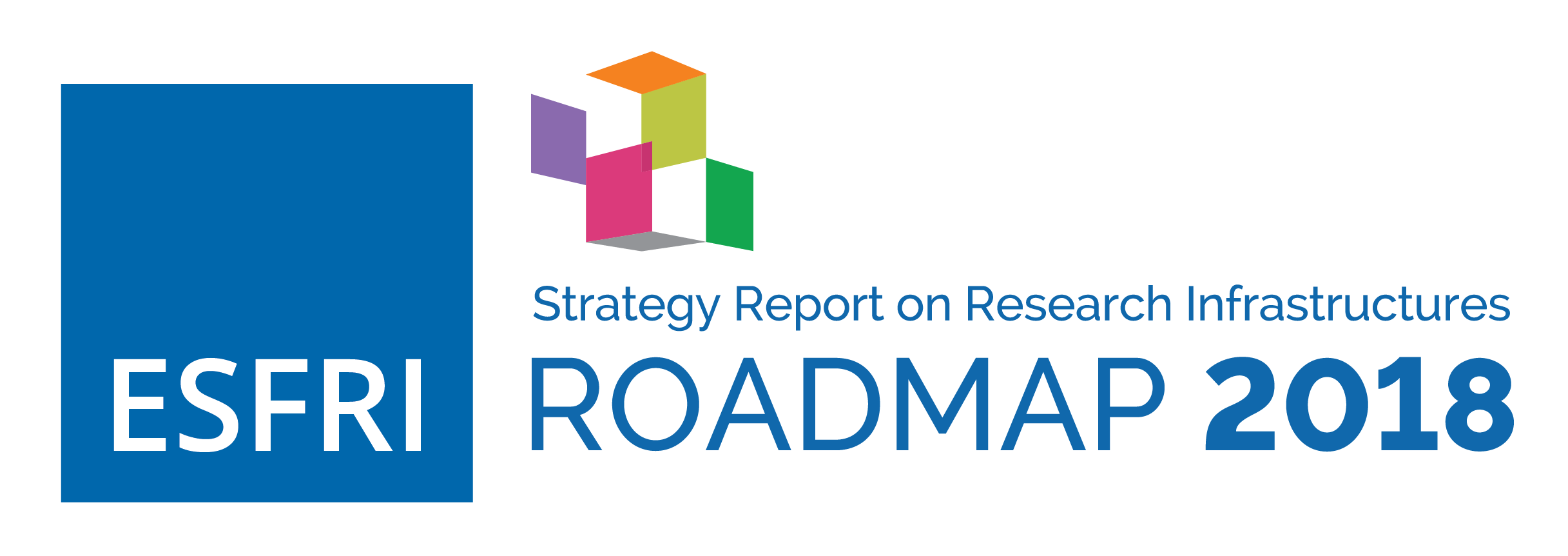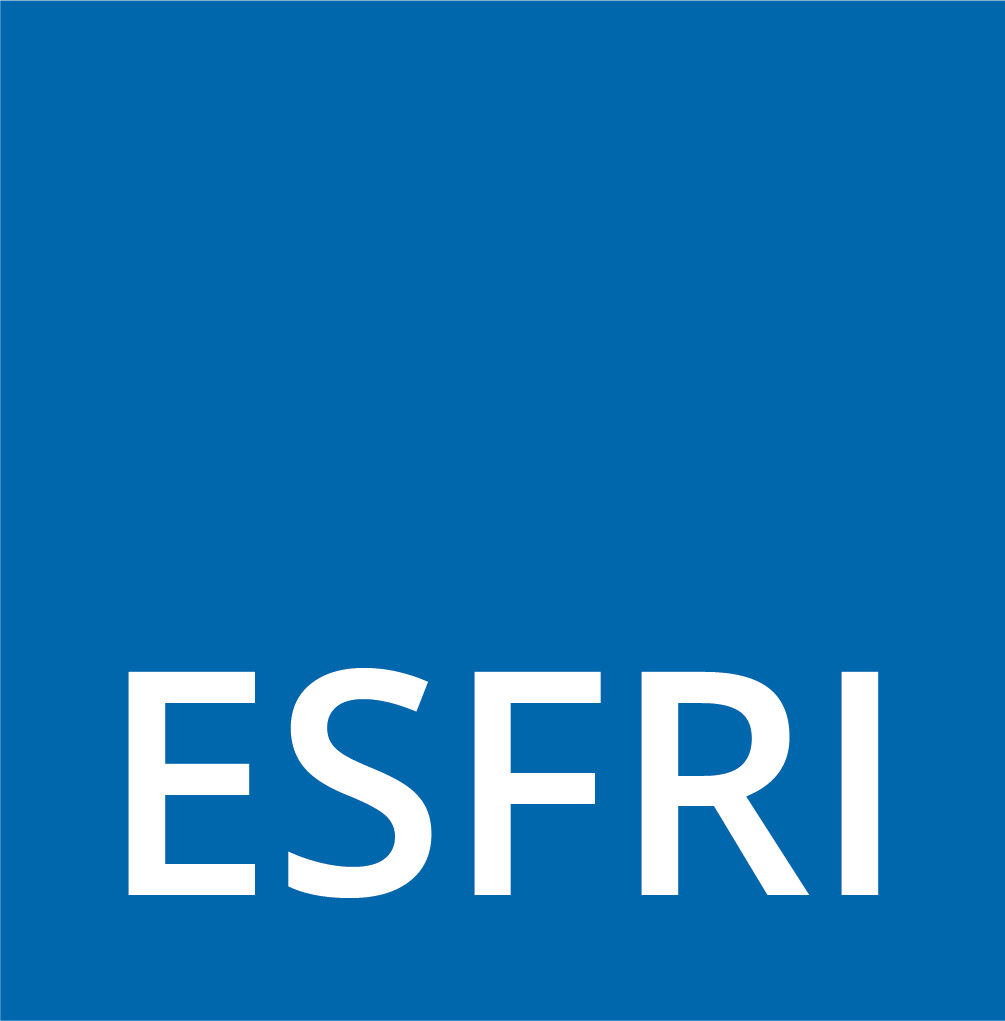Energy
The energy sector is key to social and economic development. Especially in some non-OECD countries the energy sector sees very high growth rates due to rising GDP. However, it contributes significantly to global CO2 emissions. For the EU, the reduction of CO2 emissions in a sustainable framework is a major driver of its energy policy. This provides opportunities for new technologies both for application within and outside of the EU.
Thus the European Commission’s Energy UnionCOM(2015)080, A Framework Strategy for a Resilient Energy Union with a Forward-Looking Climate Change Policy strategy has formulated the objective of creating a secure, sustainable, competitive and affordable energy system. This fundamental transformation will be achieved by more flexible, more decentralized and more integrated ways of production, consumption, transport and storage of energy while at the same time promoting the development of existing and novel energy technologies. Energy innovation is driven by stakeholders from industry and research as well as society. For this reason, Europe has elaborated its path towards energy innovation in the Strategic Energy Technology Plan (SET-Plan)COM(2015)6317, Towards an Integrated Strategic Energy Technology (SET) Plan: Accelerating the European Energy System Transformation [latest communication]. Energy Research Infrastructures (RIs) play a major role in joining Europe’s efforts to drive forward, test and demonstrate technologies and their interplay in the future energy system.
Energy RIs are to a great extent interdisciplinary undertakings, as expertise from Physics, Engineering, Computer Sciences and other academic fields converge to support energy technologies and systems development. This is reflected by strong interactions of the energy field with the other ESFRI domains. ESFRI Energy RIs are:
- the ESFRI Landmark JHR (Jules Horowitz Reactor), which will serve materials research for the safe operation of current and future nuclear power technologies; the ESFRI Landmark ECCSEL ERIC (European Carbon Dioxide Capture and Storage Laboratory Infrastructure) for the development of carbon capture and storage as well as utilization technologies.
- the ESFRI Project MYRRHA (Multi-purpose hYbrid Research Reactor for High-tech Applications), a multipurpose fast neutron spectrum irradiation facility for nuclear research; the ESFRI Project EU-SOLARIS (European Solar Research Infrastructure for Concentrated Solar Power), the thermal solar power research activities in the field of renewable energies; the ESFRI Project WindScanner (European WindScanner Facility), a distributed RI for renewable energies focusing on the high precision characterization of wind fields; the ESFRI Project IFMIF-DONES (International Fusion Materials Irradiation Facility-Demo Oriented NEutron Source) for fusion materials irradiation.
This Landscape Analysis for the energy domain is divided in five main areas, which, in themselves, comprise a number of specific subfields: ENERGY SYSTEMS INTEGRATION – including networks, transport, storage and smart cities/districts; RENEWABLE ENERGY – solar, renewable fuels, wind, geothermal, ocean; EFFICIENT ENERGY CONVERSION AND USE – energy in buildings and in industry, Power-to-X, CCSU; NUCLEAR ENERGY – fusion and fission; and CROSS-SECTIONAL ENERGY RIs – materials and data, simulation and modelling. A representation of the interplay of the fields and energy RIs is shown below

Figure 1. Energy RIs Interplay.




